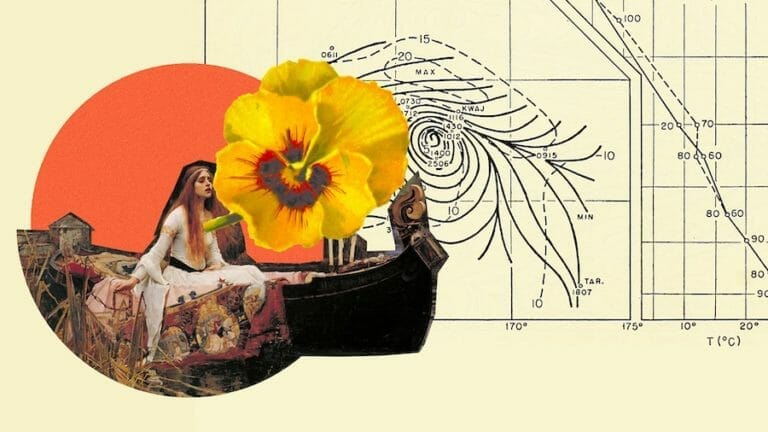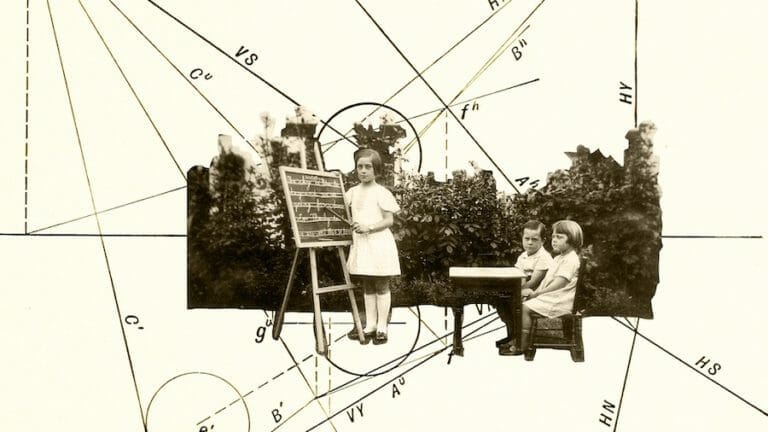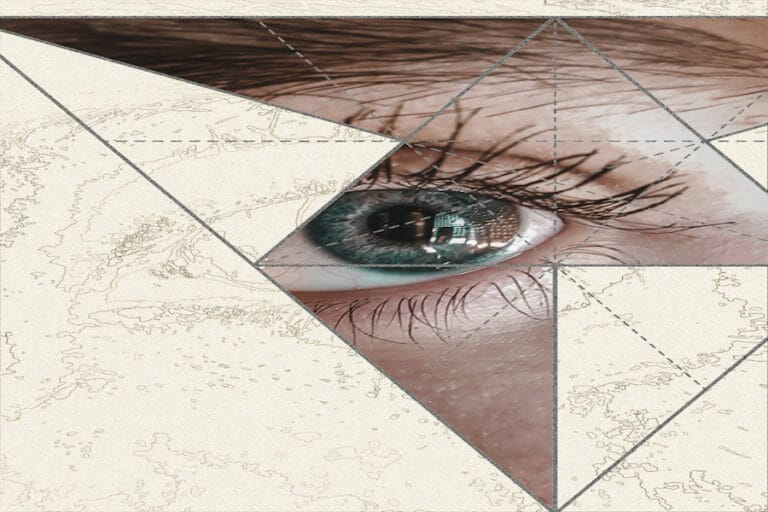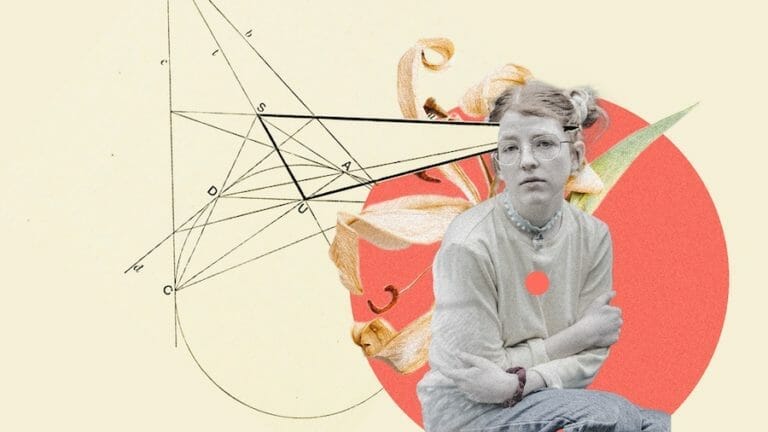There is something incredibly special and significant about geometry, particularly sacred geometry. Geometry is the study of shapes, sizes, and relative positions of figures and objects in space. But there is more to geometry than meets the eye.
Sacred geometry is known as a tool that can be used for understanding, expanding, and connecting with the universe. This ancient practice has been used for centuries by many different cultures for a variety of purposes, including healing, protection, and astrology.
One of the most popular sacred geometry shapes is the yantra. A yantra is a geometric figure that contains mystical symbols or diagrams. It is believed that yantras can be used as a tool for meditation and contemplation.

Yantras are often used in Hindu and Buddhist ceremonies and rituals. They can be found in temples, altars, and sacred spaces. Many people believe that yantras can promote healing, peace, and enlightenment.
Yantras can be made from a variety of materials, including wood, metal, cloth, and paper. They can be simple or complex, and they can be used for a variety of purposes. Some people use yantras to help them focus during meditation, while others use them as a tool for self-transformation.
Yantras can be used in many different ways, but the most important thing is to find a yantra that resonates with you on a personal level. once you have found a yantra that you connect with, it can be a powerful tool for concentration, meditation, and self-transformation.

Origins of the Yantra
The word yantra comes from the Sanskrit root yam, meaning “to support or sustain.” The earliest known examples of yantras date back to the 3rd century BCE and were found in the archaeological site of Deir el-Bahri in Egypt. These yantras were likely used for ritualistic or magical purposes.
It can also be translated as “machine, instrument, or engine”. In the yogic tradition, a yantra is a tool used for concentration and meditation. The most well-known type of yantra is the mandala, which is a circular diagram with geometric patterns and symbols. Mandalas are used as a focus for meditation and can be found in many different cultures around the world.
Often used as tools for meditation and concentration, their repetitive patterns and symmetrical designs can help to focus the mind and still the thoughts. Yantras can also be used for protection, as it is believed that their sacred geometry can ward off negative energies.

Yantras are usually made from copper or brass and are inscribed with sacred mantras or symbols. They can be simple geometric shapes or more complex designs. Some yantras are three-dimensional, while others are meant to be viewed as two-dimensional patterns.
These symbols can be used in a variety of ways. They can be hung on the wall, placed on an altar, or carried on the body. They can also be used in meditation, by tracing their patterns with the eyes or finger.
Yantras are powerful symbols that can be used to access the divine energy within us all. Their sacred geometry can help to focus the mind and still the thoughts, making them ideal tools for meditation and concentration. Yantras can also be used for protection, as it is believed that their sacred geometry can ward off negative energies. Whether you use them for meditation, concentration, or protection, yantras can be a powerful addition to your spiritual practice.

How is the Sri yantra composed?
The Sri Yantra is composed of nine interlocking triangles that surround a central point, or Bindu. These triangles represent the many facets of God and the universe, and the central point symbolizes the unity that underlies all existence. The Sri Yantra is said to be a map of the cosmos, and its nine triangles correspond to the nine planets, the eight directions, and the one point that is the source of all creation.
The Sri Yantra is considered to be a powerful tool for meditation, as it can help to focus and direct the mind towards a higher state of consciousness. There are many different ways to meditate with sacred geometry like the Sri Yantra, but one of the most popular is to gaze at the central point, or Bindu while repeating a mantra. The repetition of the mantra helps to still the mind, and the focus on the Bindu can help to lead the meditation towards a deeper level.
Many different mantras can be used when meditating with the Sri Yantra, but one of the most popular is the Om Namah Shivaya mantra. This mantra is a powerful statement of reverence and dedication to Shiva, the Hindu god of destruction and transformation. The repetition of this mantra can help to bring about a sense of calm and peace, and can also help to connect the meditator with the divine source of all creation.

Activate and practice with the Yantra symbol.
Sri Yantra is a sacred geometry diagram used for meditation, worship, and ritual purposes. It is said to represent the cosmos in its entirety, and to contain the energy of all Creation. Sri Yantra is often used as a tool for concentration and focus during meditation and is believed to help one connect with the divine energy of the Universe. There are many different ways to use Sri Yantra, but all involve its powerful visual symmetry and sacred geometry. Some people use Sri Yantra as a means of achieving specific goals or desires, while others simply meditate on its image as a way of connecting with the divine energy it contains. No matter how it is used, Sri Yantra is a powerful tool for anyone seeking to connect with the cosmic energy of the Universe.
To activate a yantra, you need to have a clear and focused mind. Sit in a comfortable position, close your eyes, and take a few deep breaths. Visualize the yantra in your mind’s eye, and see it glowing with radiant energy. Repeat the mantra associated with the yantra either mentally or aloud. Focus all your attention on the yantra, and feel the power of its sacred geometry infusing your entire being. Stay in this meditative state for as long as you like, then open your eyes and go about your day. Whenever you need to, you can return to the yantra for guidance, strength, and support.
